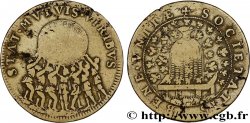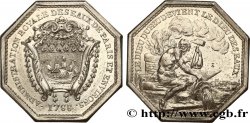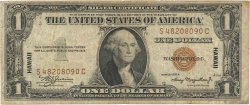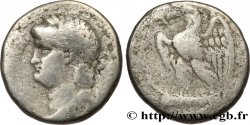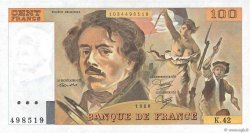fjt_01104 - CORPORATIONS Brodeurs - Chasubliers 1704
无库存.
所有在网站上销售的产品 (2012)
价格 : 180.00 €
所有在网站上销售的产品 (2012)
价格 : 180.00 €
种类 Brodeurs - Chasubliers
日期: 1704
材质 silver
直径 28,5 mm
模子方针 6 h.
侧面 lisse
稀少度 R2
出版目录中的项代码 :
正面
正面的文字 MARCHANDS. BRODEURS. CHASUBLIERS.
正面的说明书 Armes des marchands brodeurs - chasubliers.
背面
背面的文字 SANS. VOUS. IE. NE. PUIS. VIVRE ; À L'EXERGUE : 1704.
背面的说明书 Un jardin de plantes tinctoriales sous le soleil.
评论
Ce jeton marque en 1704 la redéfinition des statuts qui réduisent le nombre de maîtres brodeurs à 200. La volonté est de revenir au même nombre qu'au XIIIe siècle, pour conserver une bonne organisation intérieure et préserver les traditions de cet art.
Les ouvrages de cette communauté ne se bornaient pas aux ornements d'église dont les chasubliers avaient le privilège. Ils comprenaient entre autres les broderies d'uniformes pour les compagnies militaires.
Le choix des plantes tinctoriales comme revers fait tout à fait sens pour une corporation dont la matière première était l’étoffe et le fil.
This token marks the redefinition of the statutes in 1704, which reduced the number of master embroiderers to 200. The aim was to return to the same number as in the 13th century, to maintain good internal organization and preserve the traditions of this art. The works of this community were not limited to the church ornaments for which the chasuble makers had the privilege. They included, among other things, the embroidery of uniforms for military companies. The choice of dye plants as the reverse makes perfect sense for a corporation whose raw material was fabric and thread.
Les ouvrages de cette communauté ne se bornaient pas aux ornements d'église dont les chasubliers avaient le privilège. Ils comprenaient entre autres les broderies d'uniformes pour les compagnies militaires.
Le choix des plantes tinctoriales comme revers fait tout à fait sens pour une corporation dont la matière première était l’étoffe et le fil.
This token marks the redefinition of the statutes in 1704, which reduced the number of master embroiderers to 200. The aim was to return to the same number as in the 13th century, to maintain good internal organization and preserve the traditions of this art. The works of this community were not limited to the church ornaments for which the chasuble makers had the privilege. They included, among other things, the embroidery of uniforms for military companies. The choice of dye plants as the reverse makes perfect sense for a corporation whose raw material was fabric and thread.








 对产品描述纠错
对产品描述纠错 打印
打印 分享我的选择
分享我的选择 提问
提问 Consign / sell
Consign / sell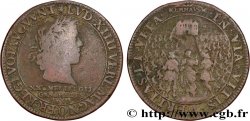
 产品介绍
产品介绍
